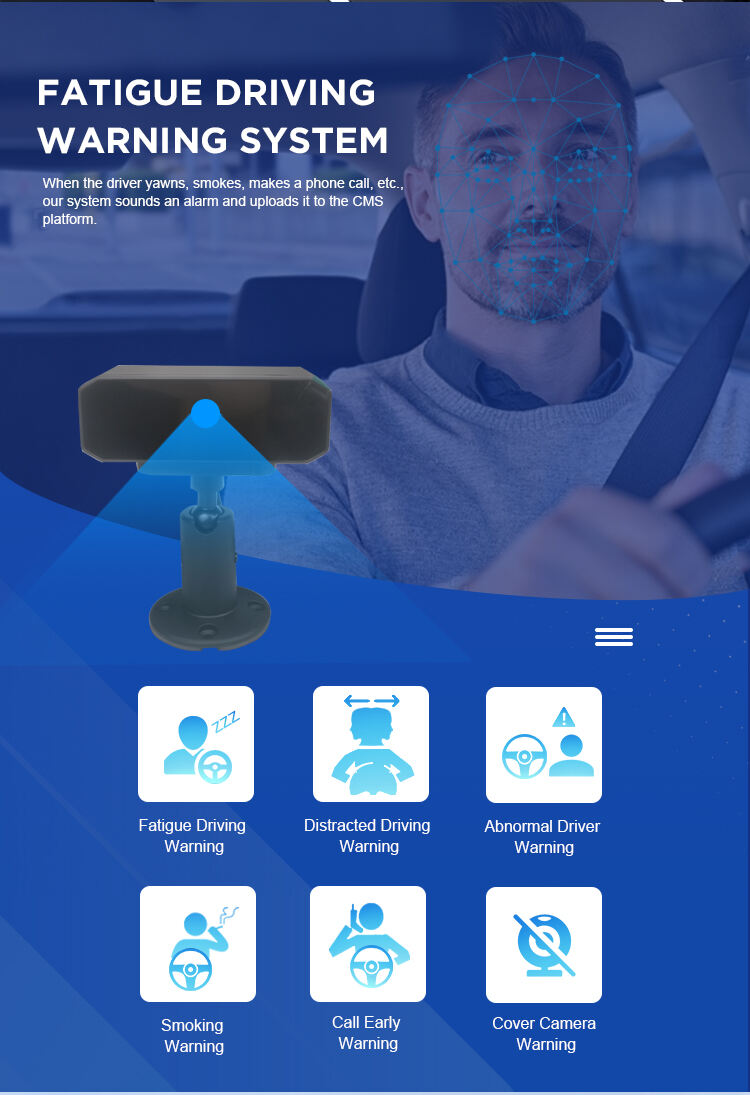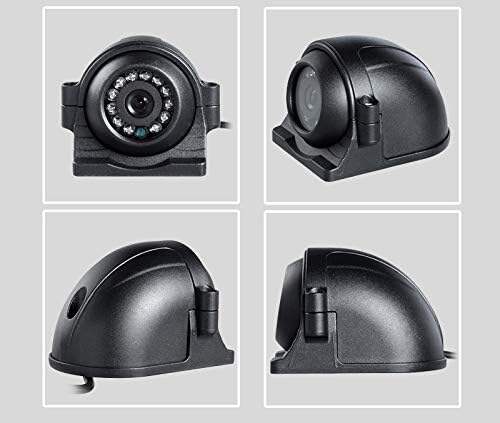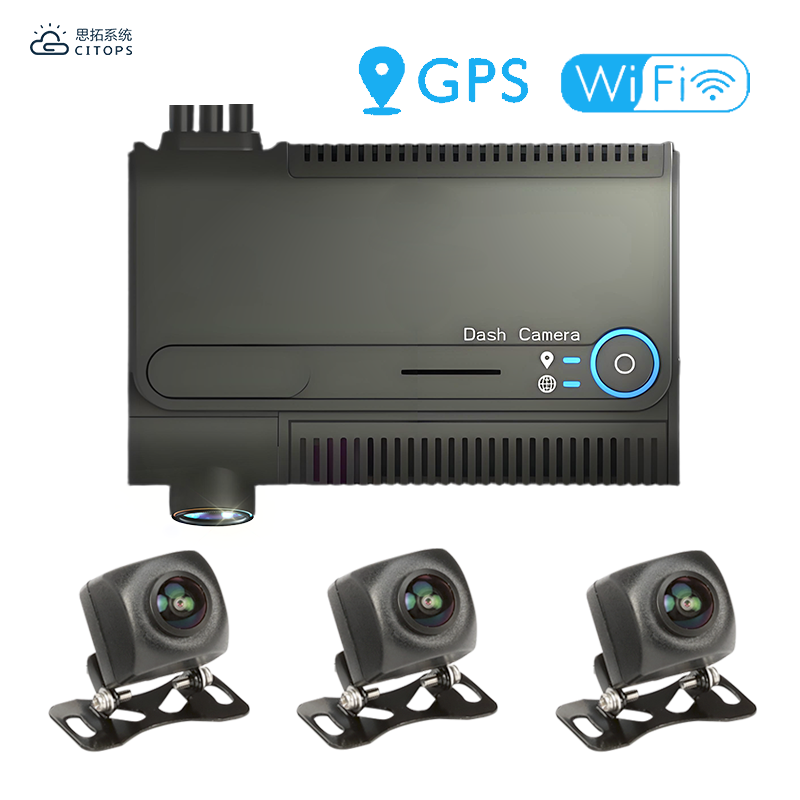backup camera for truck and trailer
A backup camera for truck and trailer is an advanced safety and convenience system designed to provide drivers with a clear view of their vehicle's rear area during reversing maneuvers. This sophisticated technology consists of a high-definition camera mounted at the rear of the truck or trailer and a display monitor positioned in the driver's cabin. The system automatically activates when the vehicle is shifted into reverse, offering real-time video feed of the area behind the vehicle. Modern backup camera systems feature wide-angle lenses that can capture up to 170 degrees of viewing area, effectively eliminating blind spots. Many models include night vision capabilities, ensuring clear visibility in low-light conditions. The camera systems often incorporate intelligent guidelines that appear on the display, helping drivers gauge distance and alignment during backing maneuvers. Weather-resistant housing protects the camera components, ensuring reliable operation in various environmental conditions. Advanced systems may include multiple camera options for comprehensive coverage of both truck and trailer, with the ability to switch between different viewing angles. Some models also feature wireless connectivity, simplifying installation and reducing the need for complex wiring arrangements.


